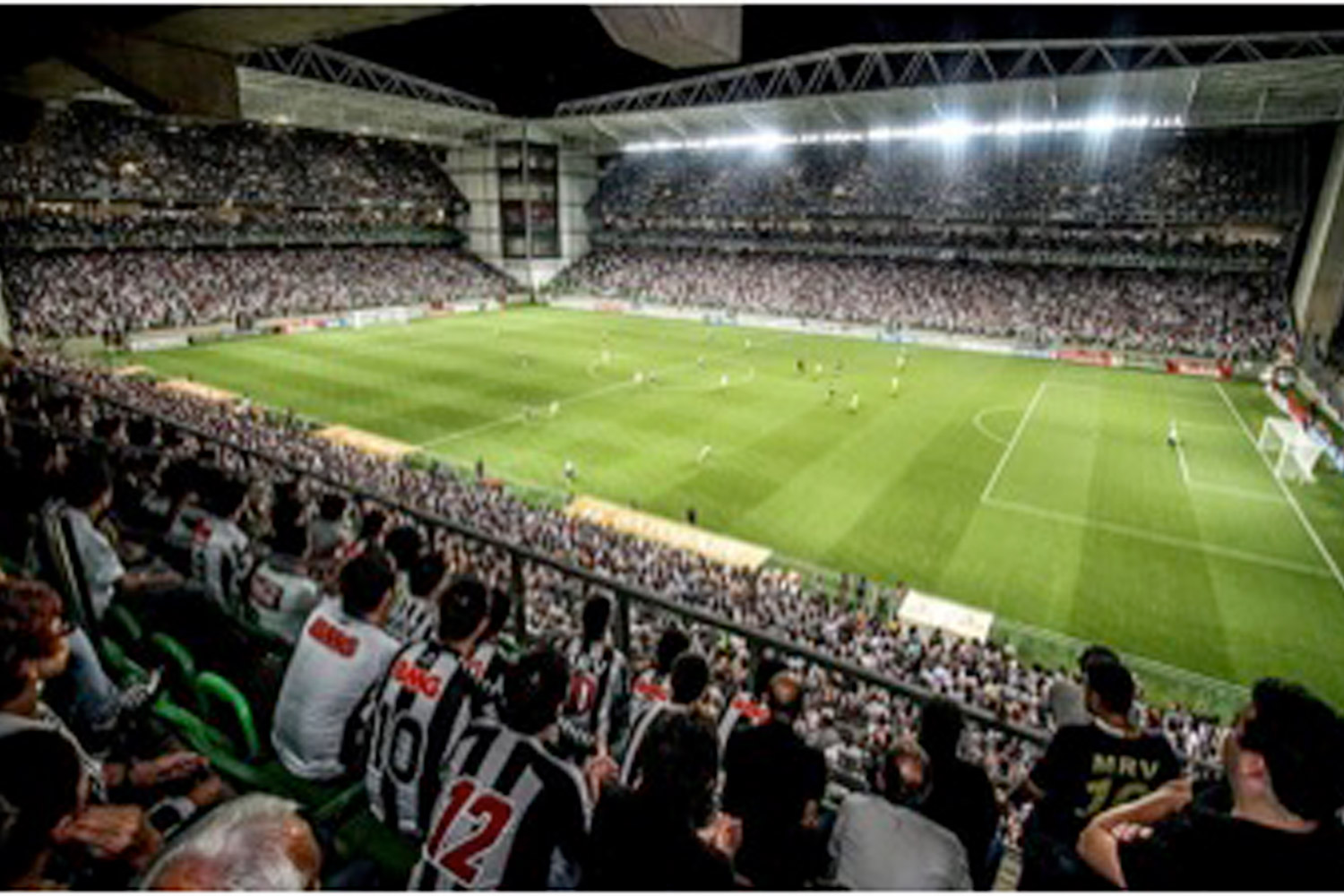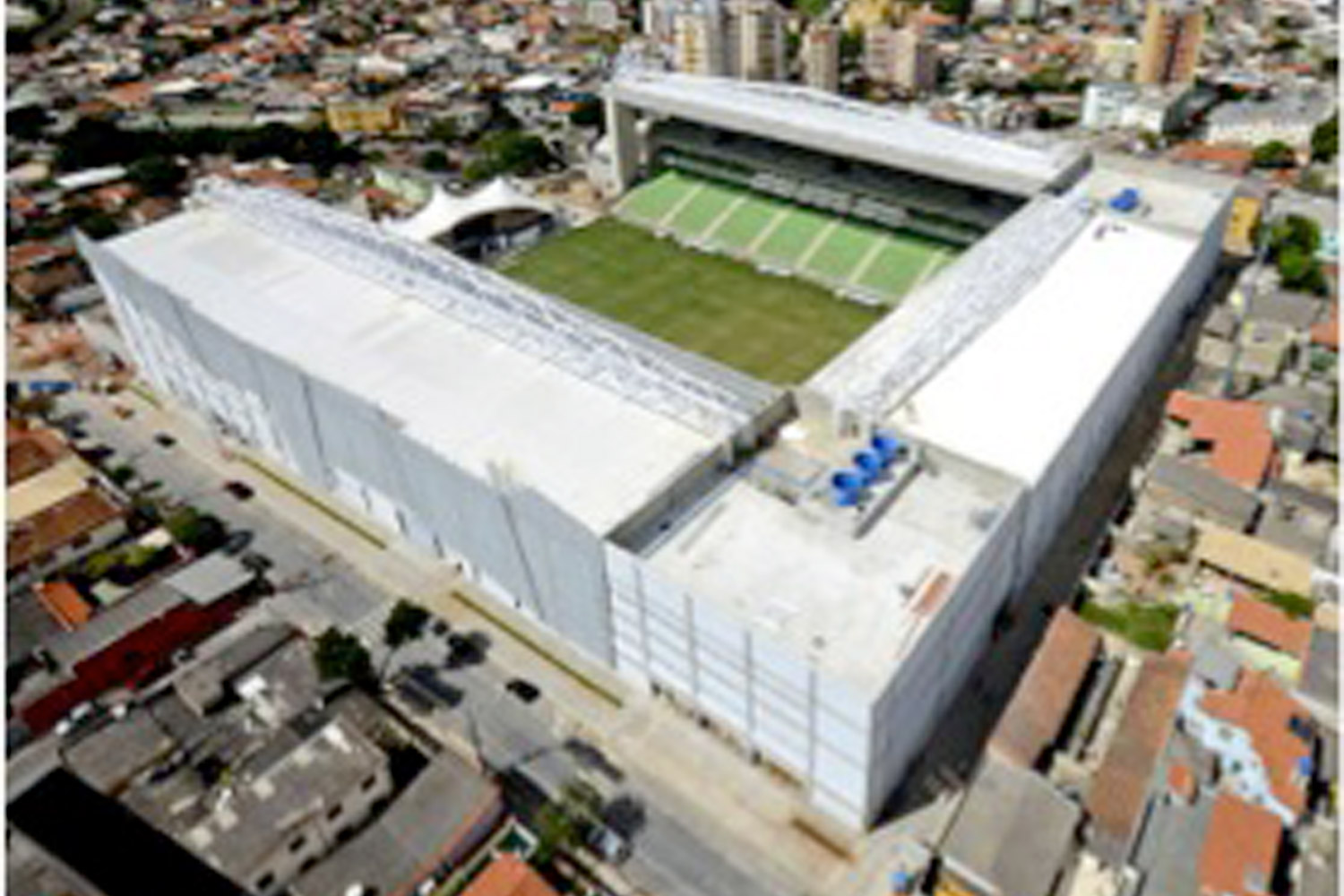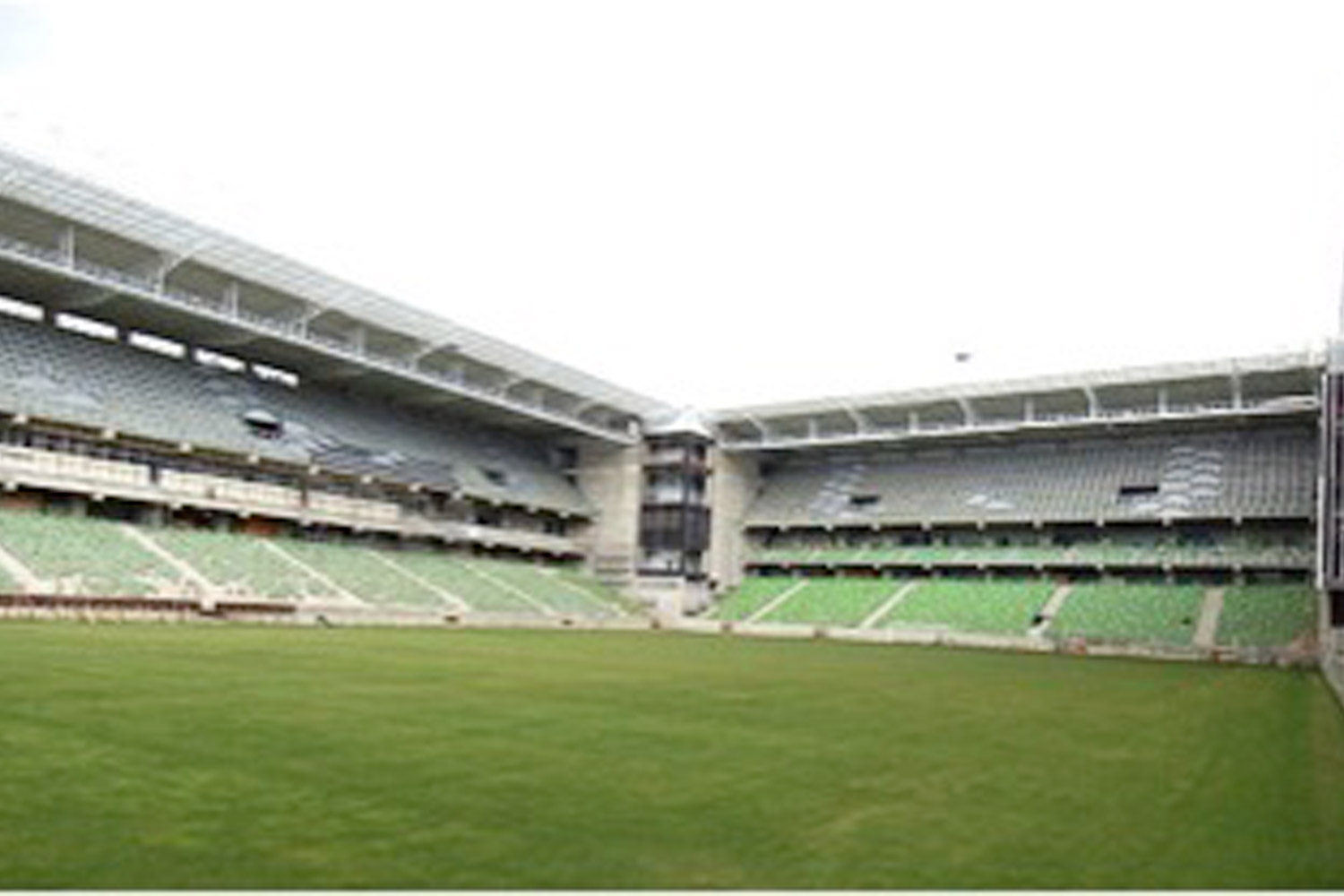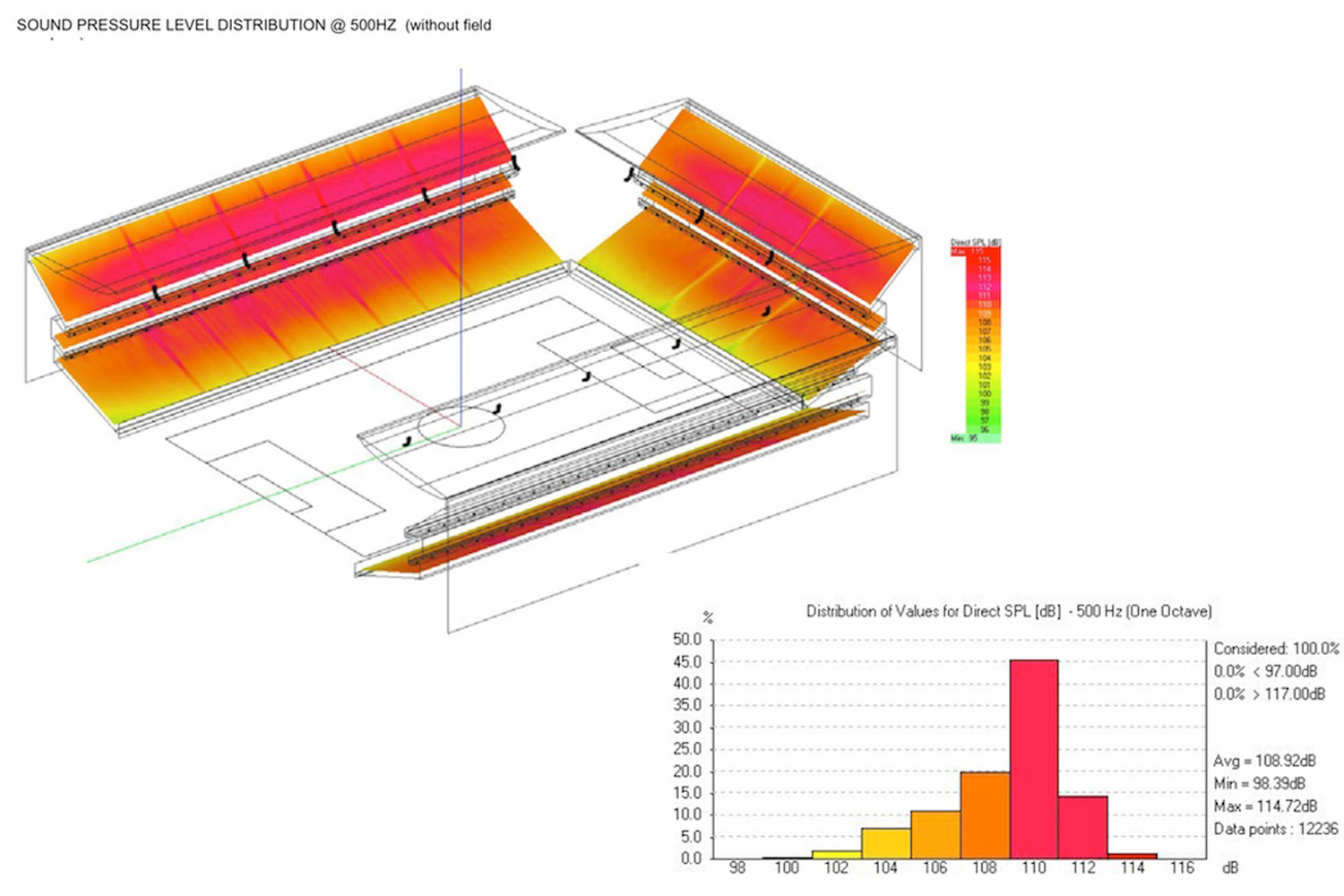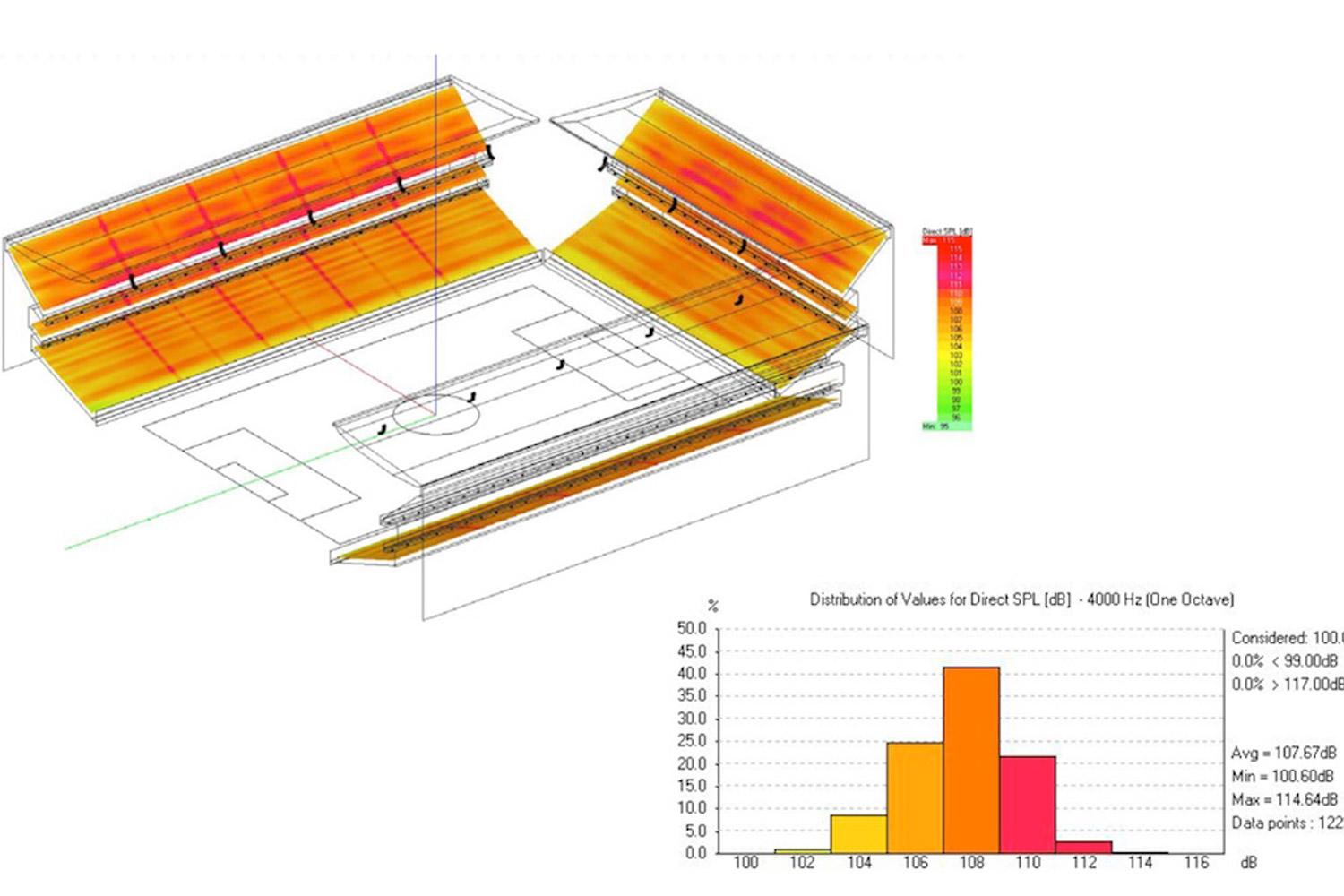Project Description
Overview
Officially called Estádio Raimundo Sampaio and popularly called Independência, the stadium was also inaugurated in 1950 for FIFA’s World Cup that year.
It belonged to the now defunct Sete de Setembro Futebol Clube, hence the name Independence (September 7 is Brazil’s Independence Day). The stadium currently leased by América Futebol Clube, which now plays their games at the stadium.
Estádio Independência is the second most important stadium in Belo Horizonte, Brazil, only behind Mineirão. Its formal name honors Raimundo Sampaio, a former chairman of Sete de Setembro.
The stadium inaugural match was the World Cup match between Yugoslavia and Switzerland, won by the former by 3-0, and played on June 25, 1950. Tomasevic scored the first stadium goal. One of the most famous upsets in FIFA World Cup history was played here — the 1-0 upset by the United States over England at that 1950 World Cup.
The 25,000 seat stadium is being renovated to be used as a training center during the World Cup 2014 and completion is scheduled for early 2012.
Program:
WSDG was responsible for Audio System design for the entire stadium and public areas (25,000 seats), covering over 100,000 m2 including:
- Sound system for all spaces including the soccer field, audience and internal spaces such as VIP rooms, access, and office spaces.
- Audio and Video Control Rooms
Electro-Acoustics
In order to produce SPL levels above 106dB throughout the audience, WSDG specified the use of 13 line-array clusters, to be installed at the metal beams above the audience spaces.
For the internal areas, including corridors and ramps, over 500 speakers were positioned at ceiling and walls. The entire system is controlled from the 3rd floor at the A/V Control Room and is distributed digitally around the stadium.
Speaker positioning was defined for the internal and external areas, for various zoning maps that can be controlled individually to comply with the local security codes
Although the stadium will not be officially used for matches during the world cup of 2014, it was designed to meet FIFA’s requirements.

